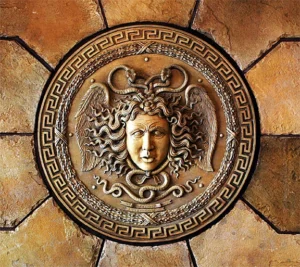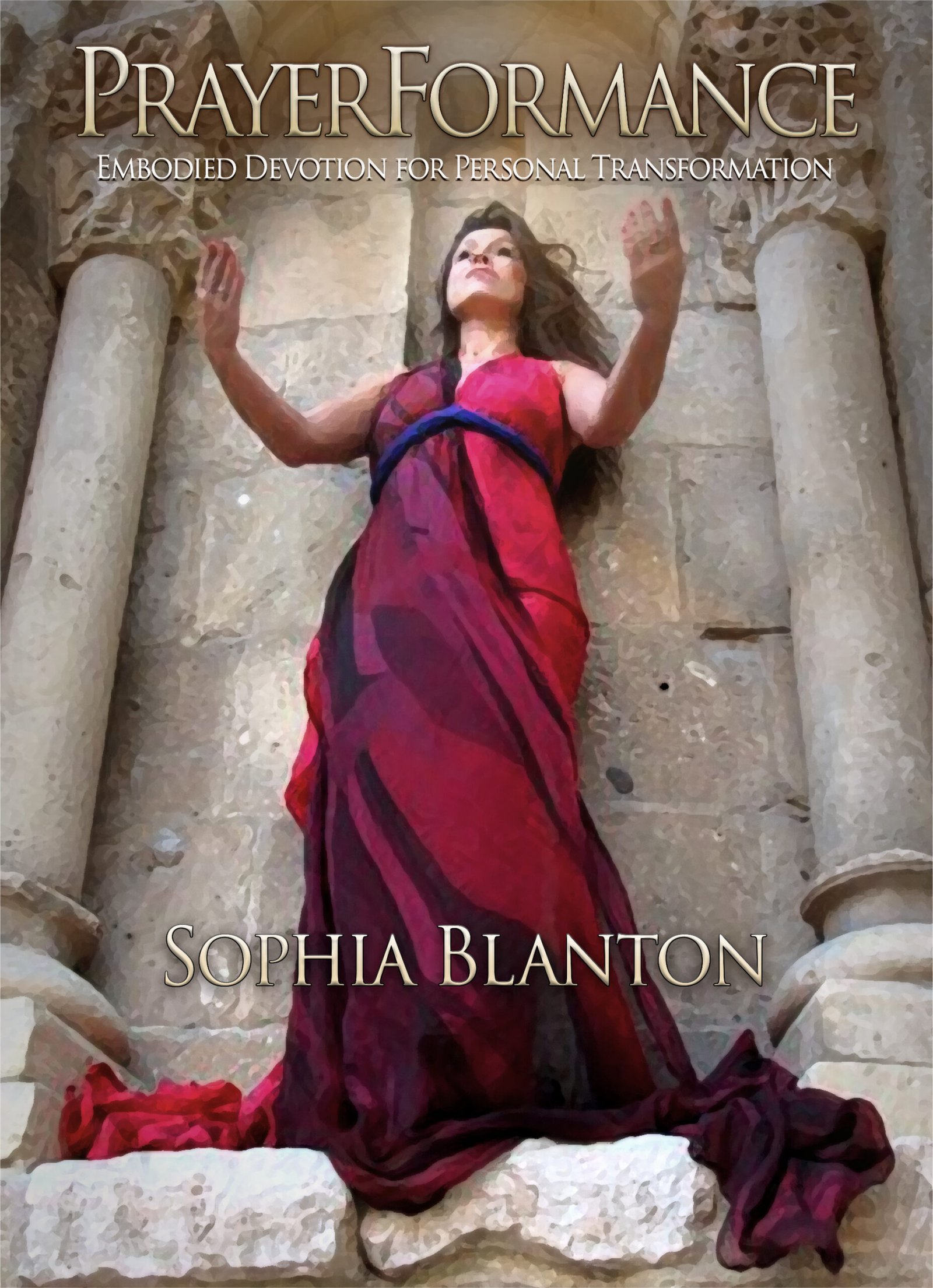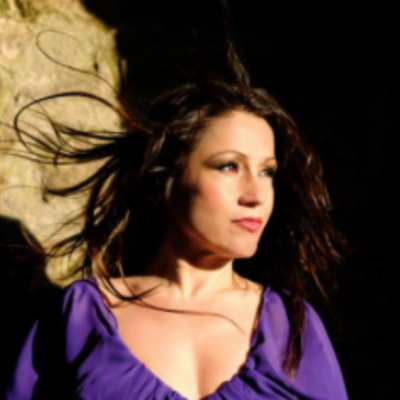
Ariadne’s Dance: Unraveling the Personal Through the Mythical
When a performing art becomes the expression of the performer’s spirit and their personal prayer joins the performance, it becomes Prayerformance. The song or dance


Medusa, the Sister Wound, and the Flight of Pegasus
The mythos of Athena, Greek Goddess of Wisdom, inevitably stirs the shadowy waters of the sister wound. In the old stories, we meet Medusa as a monstrous Gorgon — once a beautiful priestess of Athena — “cut off” and demonized, condemned to a gaze that turned all to stone. Her crime? Being raped by Poseidon, God of the Sea and frequent adversary of Athena. Victim-blaming, it seems, has ancient roots.
Medusa’s betrayal, alienation, exile, and degradation mirror the recoiling of the heart and soul after sister-wound experiences. Shielding, the icy stare, the petrification — all find their way into this dynamic, and all leave their traces in the body. Her snake-crowned head recalls the tangle of obsessive thoughts and projections we wrestle with when trapped in the dungeons of our own pain. And yet, that same head becomes the emblem on Athena’s shield — a fierce reminder that shadow can be a source of strength.
Who has not been cut off, diminished, or disempowered by a sister, a friend, a trusted woman? I remember leading a sister-wound healing ceremony in Crete at the 2022 Priestess Convocation. As I stepped into the liminal space where preparation gives way to the spontaneous, I found myself speaking soul-memories of being tied to a stake — opening my eyes to see a sister throw the first match onto the pyre of condemnation. Such memories open floodgates: images, feelings, patterns we’ve carried through lifetimes. Jealousy, competition, and “othering” between women are reinforced by the culture around us. Once we see them clearly, we cannot turn away. And in that clarity lies the power to dismantle their hold.
Working with the sister wound through myth-somatic movement has shown me — and those I’ve worked with — its immense potential for healing. My process begins with close reading of the myth, moves into co-authorship, and culminates in ritual enactment shaped by the group’s input. Together, we locate points of deep personal resonance with the story’s arc, engaging in what Jung called participation mystique — a living connection to myth that catalyzes transformation, something our ancestors knew intimately. In the safety of the ceremonial container, we author new chapters, rewriting our wound-stories into those of sovereignty, grace, and alchemy.
This is not abstract work. The mytho-somatic process asks: where does this pain live in the body? In the freeze of avoidance, where mutual gazes harden into stone. In the gut, bracing at the thought of her. In the jaw, locked with words unsaid. In the heart, armoured and vigilant. Mapping these sensations gives us the entry points for somatic power moves that release the stored rage, grief, or regret — making space for something new to arise.
In the final act of Medusa’s story, Perseus severs her head, and from her blood Pegasus rises — pure, winged, untethered. This is the pivotal moment that inspires our healing enactment. Through music, movement, and intention, we cut away the stagnant state we can no longer inhabit. We let the psyche know: it ends here. I release the obsession, the projection, the suffering. The sister may never change, there may or may not be resolution or repair, but I will not allow this wound to define me.
From the place of release, Pegasus takes flight — a living symbol of the liberated essence that was always mine to reclaim. And with that flight, the myth is no longer just a story from the past; it becomes a path home to myself.

When a performing art becomes the expression of the performer’s spirit and their personal prayer joins the performance, it becomes Prayerformance. The song or dance

Throughout my life-journey in dance, I’ve always been drawn into its deeper layers, exploring how movement can be more than just physical expression. Movement is

The Prayerformance eBook and Video Course: A Somatic Path to Sacred Embodiment The Prayerformance eBook and course is a richly textured guide to awakening the sacred intelligence of the body. Rooted in over two decades of dance, ritual, and somatic exploration, this book offers a four-part process—Attunement, Connection, Transmission, and Transformation—that bridges ancient wisdom with modern somatic experience. Through evocative language, guided rituals, and grounded insights, The Prayerformance eBook invites you to explore the body not just as a vessel, but as a living altar—where movement becomes prayer, and performance becomes communion. Whether you're a dancer, a healer, or simply seeking to embody your spiritual practice more deeply, this eBook offers tools for creative regulation, emotional clarity, and embodied connection with the divine.

Sophia Blanton is a disciple of the moving body. Rooted in world dance, somatics, contemporary movement, and theater arts, her work branches across generations and cultures, touching people of all ages. In the world of dance, she has inspired performers across the globe with choreographies and embodiment practices designed for stage, screen, and sacred dramas performed at world heritage sites. Her decades-long inquiry into the relationship between movement, physical health, and emotional well-being has given rise to innovative somatic modalities, including Pelvic Floor Barre and Somatic Nervous System Regulation. With music, breath, story and intention, Sophia’s work weaves movement, science, and soul into transformational experiences — offered through classes, workshops, performances, and vibrant community engagement.